Buy corkscrew hazel Corylus avellana Contorta £37.99 Delivery by Crocus

Corylus avellana contorta 'Medusa' Special Corkscrew Hazel Trees for Containers Shrubs
Description Harry Lauder's walking stick 'Contorta' is a cultivar deciduous tree in the Betulaceae (beech) family. native to Asia, Europe and Africa. This unusual tree has a multi-trunk rounded habit whose branch becomes drooping with age. The contorted branches, crumpled-looking leaves and yellow spring catkins give this tree year-round appeal.

Corylus avellana Contorta AGM
C. avellana 'Contorta' is a deciduous shrub grown for its eye-catching, contorted and twisted stems. Foliage is also distorted and may be considered ugly. In late winter and early spring, long, yellow male catkins are produced on the bare stems. Stems are good for flower arranging.
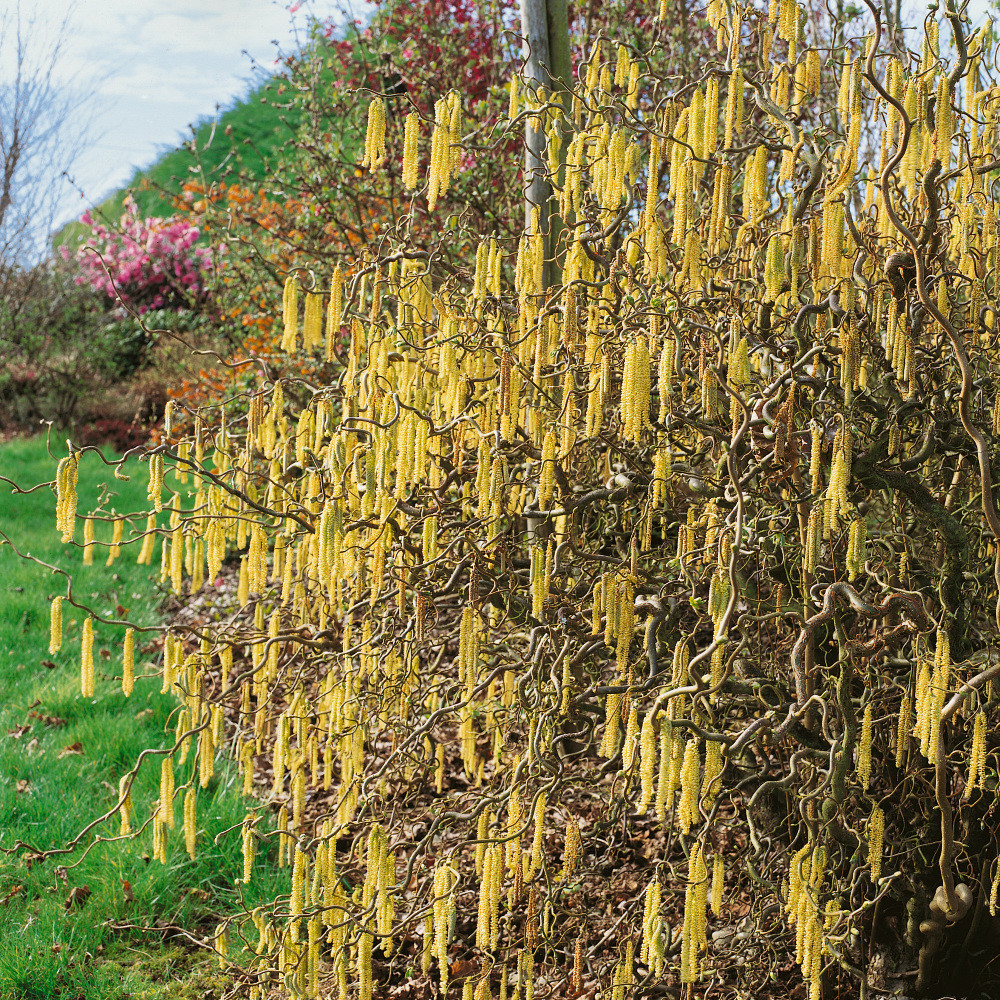
Corylus avellana ´Contorta´ , Lieska obyčajná, 6070 cm, C3
Corylus avellana is a large deciduous shrub that is commonly known as the European Hazel. It is native to the British Isles, Western Asia, and as far south as the Iberian Peninsula. It is famous along with other species of the genus Corylus for its production of hazelnuts (cobnuts) though avellana is the most commonly used for production.

Corylus avellana 'Contorta' in Roath Park Botanic Garden
Contorted Filbert Scientific name: Corylus avellana 'Contorta' Description Contorted Filbert is sold in the garden center trade as a unique specimen shrub that features twisted, spiraling branches and showy male catkins that hang from the dormant branches during the winter months. Also known as Corkscrew Hazel and Harry Lauder's walking stick

Buy corkscrew hazel Corylus avellana Contorta £37.99 Delivery by Crocus
Buy Online We cannot currently ship this product to your zip code. Buy Locally No Retailers found within 50 miles of your zipcode Harry Lauder's Walking Stick, A unique deciduous shrub treasured for its interesting gnarled and twisted branches. It has terrific foliage color in fall, and sh
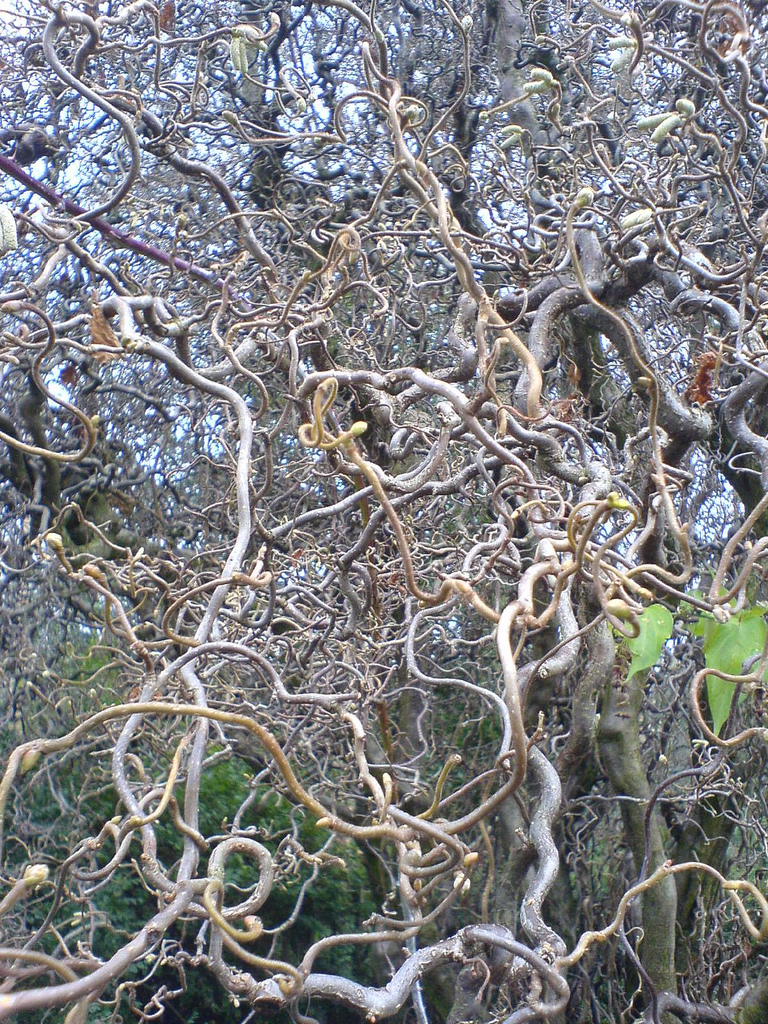
Corylus avellana ‘Contorta’ Plants Direct Victoria, BC
Corylus avellana 'Contorta'1 Edward F. Gilman2 Introduction A curious shrub with twisted stems and branches, Walkingstick slowly develops into a nice, rounded form (Fig. 1). Branches grow upright when the plant is young, but eventually droop toward the ground. Flowers emerge and hang from bare stems before the foliage appears in the spring.
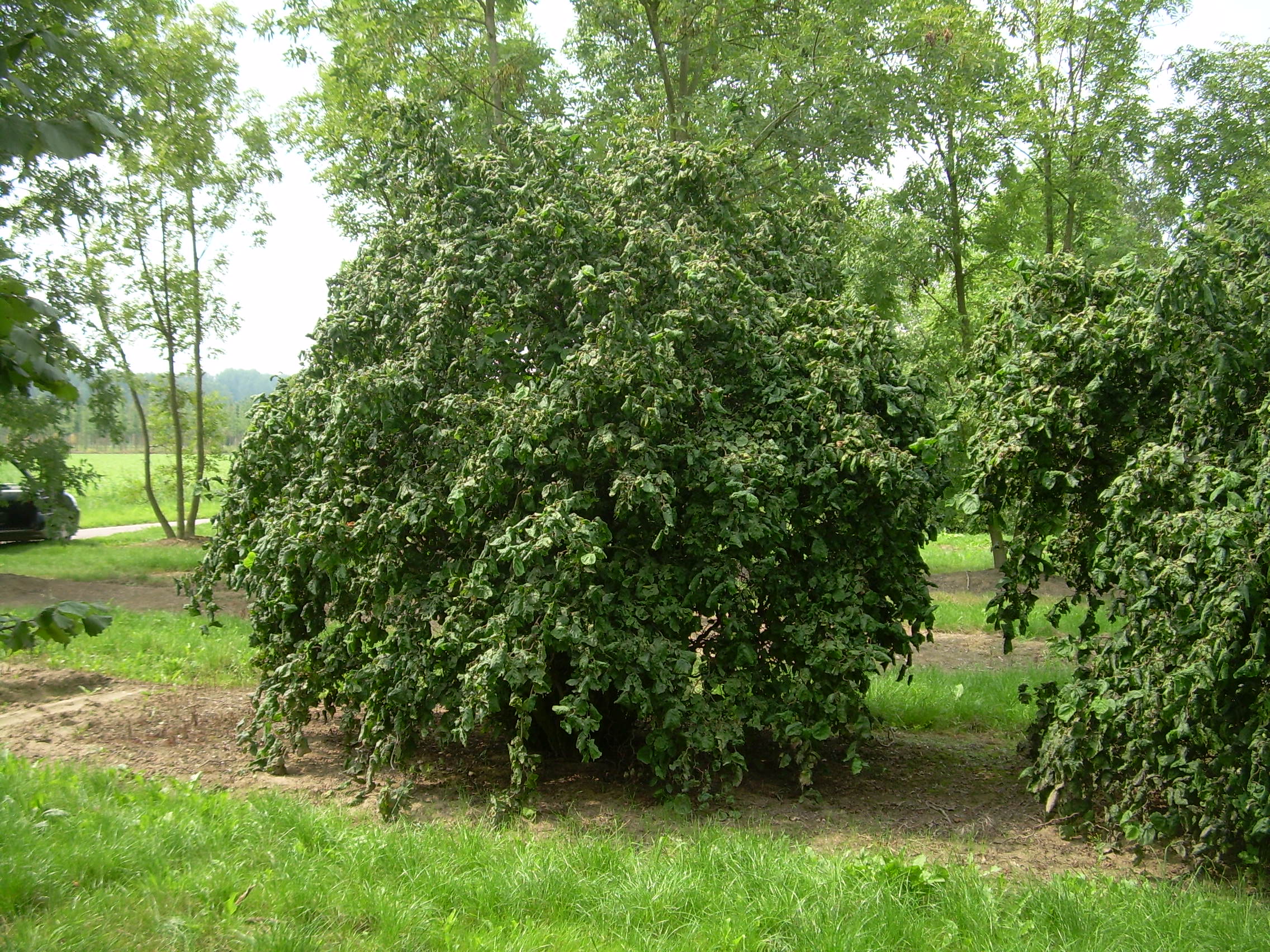
Corylus avellana 'Contorta' Corkscrew hazel Van den Berk Nurseries
Corylus avellana 'Contorta' is a small hazel with contorted stems that stand out in winter against the clear blue sky. From late winter it bears golden-yellow catkins, before fresh green, twisted leaves appear. It's ideal for growing in a mixed sunny border or front garden, where its winter structure can be fully appreciated.
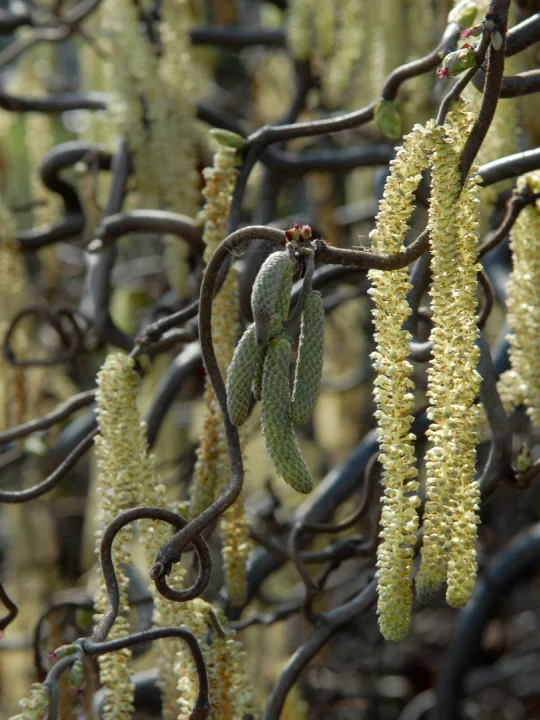
Corylus avellana 'Contorta' Corkscrew hazel Van den Berk Nurseries
Pronunciation: KO-ril-us a-ve-LAH-na Family: Betulaceae Genus: Corylus Type: Broadleaf Native to (or naturalized in) Oregon: No Deciduous shrub/tree, 12-20 ft (3.7-6 m), rounded crown, erect shoots, and produces many suckers. Leaves alternate, simple, broad, roundish, 7.5-10 cm long.
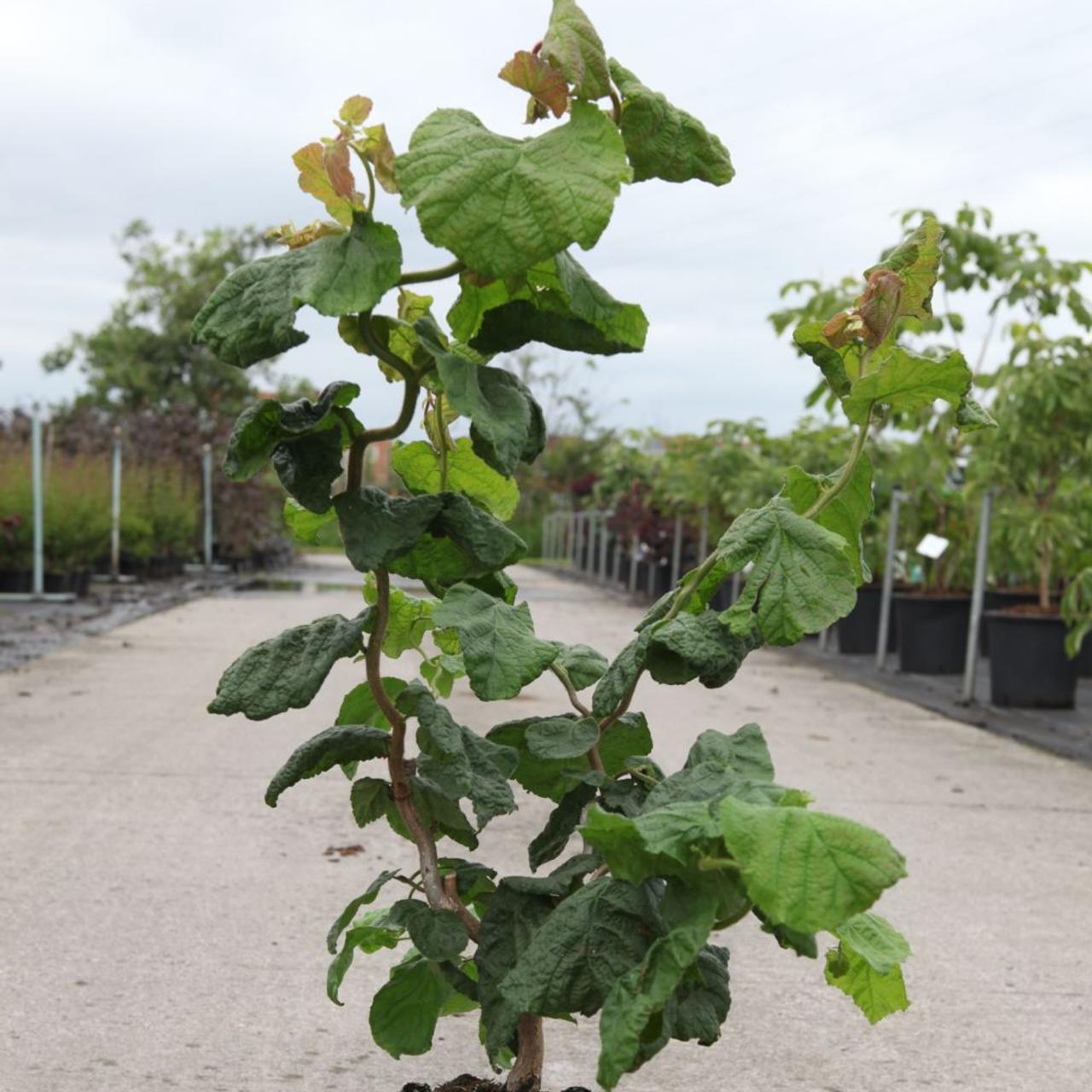
Corylus avellana 'Contorta' buy plants at Coolplants
Genus: Corylus Species: avellana Cultivar: 'Contorta' Skill Level: Beginner Exposure: Full sun, Partial shade Hardiness: Hardy Soil type: Well-drained/light, Clay/heavy, Acidic,.

Corylus avellana Contorta (Corkscrew Hazel) Mirror Garden Offers
Grows up to 8-10 ft. high and wide (240-300 cm). Prompt removal of root suckers will help maintain plant appearance, and prevent thicket formation. Performs best in full sun to part shade, in organically rich, moist, well-drained soils. Looks spectacular as a centerpiece in a winter garden.
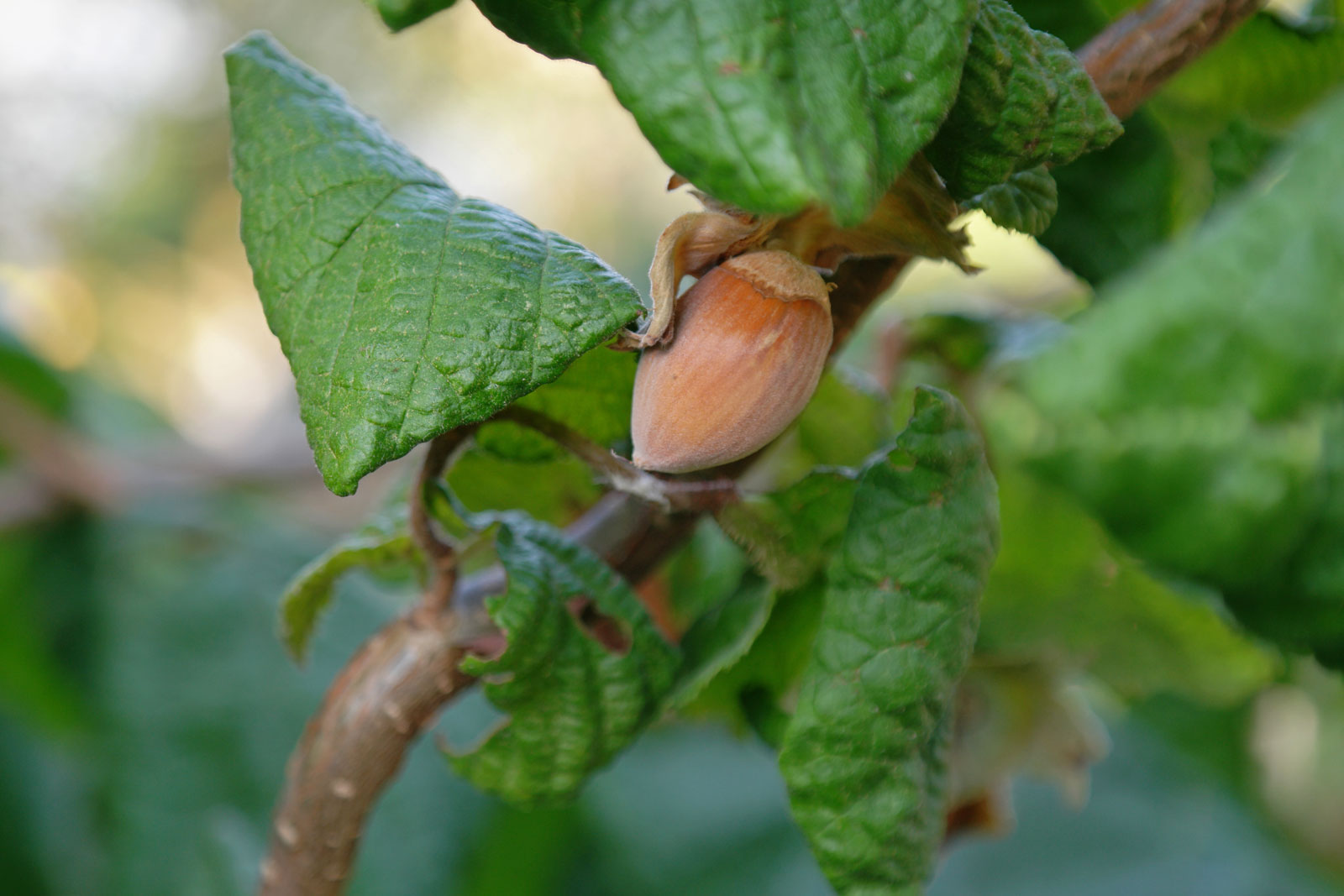
Corylus avellana „Contorta“
Corylus avellana 'Contorta' Description & Overview Twisted knotty trunks of Contorted Filbert make a unique ornamental statement in the landscape. Commonly referred to as Harry Lauder's walking stick, this deciduous shrub provides winter interest with its gray gnarly (but in a good way) branch structure and dangling catkins.

Corylus avellana “Contorta”
By Teo Spengler last updated May 23, 2021 These shrubs or small trees - called both contorted filbert trees and twisted hazelnut trees - grow upright on curiously twisted trunks. The shrub immediately catches the eye with its unique features. Caring for a contorted hazelnut tree ( Corylus avellana 'Contorta') is not difficult.

Corylus avellana Contorta Twisted or Corkscrew Hazel Trees
Corylus avellana, commonly called European filbert, European hazelnut or cobnut, is a deciduous, thicket-forming, multi-trunked, suckering shrub that typically grows to 12-20' tall.

Buy Corylus avellana 'Contorta' Online
Corylus avellana, the common hazel, is a species of flowering plant in the birch family Betulaceae, native to Europe and Western Asia. It is an important component of the hedgerows that were, historically, used as property and field boundaries in lowland England.
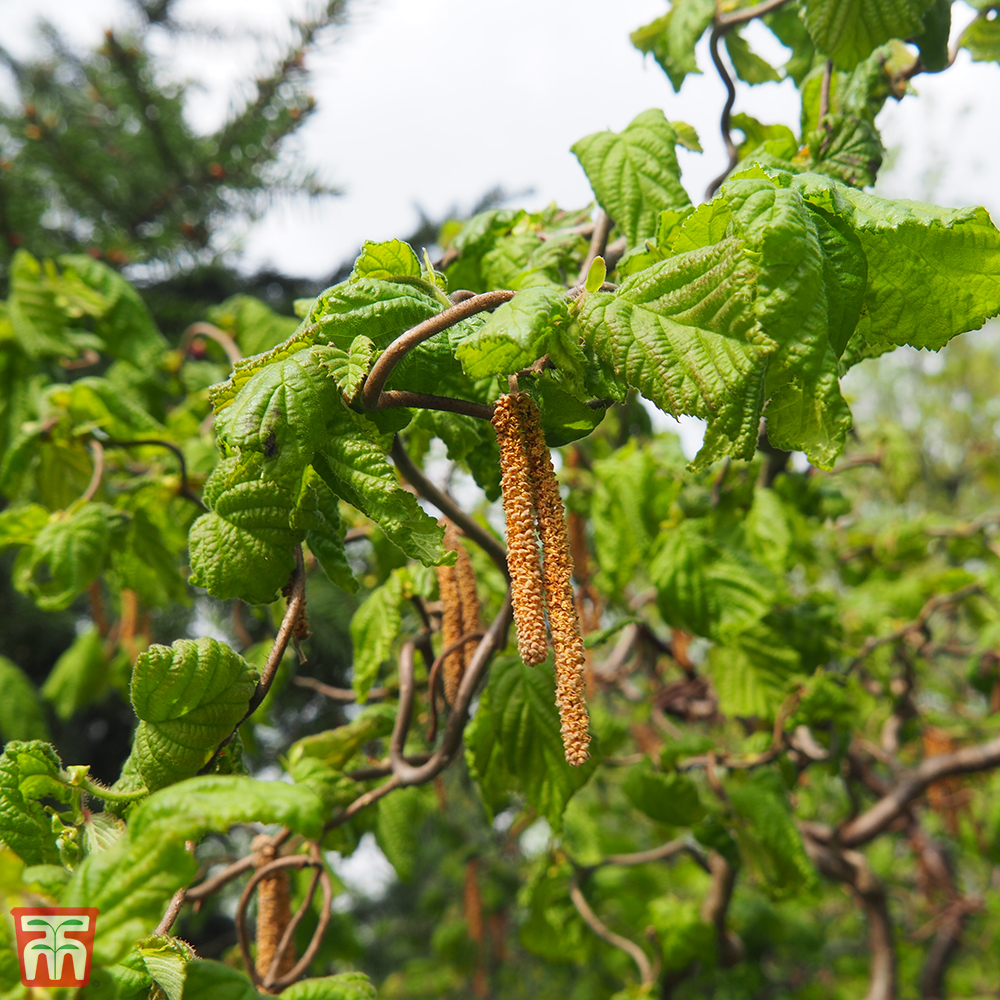
Corylus Avellana 'Contorta' ubicaciondepersonas.cdmx.gob.mx
The curled, twisted, and contorted leaves (2-4" long by 1.5-3" wide) are alternate, simple, doubly serrated, and pubescent above and below, with a cordate leaf base and sharply acuminate tip.

Corylus Avellana 'Contorta' from Burncoose Nurseries
Corylus avellana 'Contorta' corkscrew hazel Large deciduous shrub about 6m tall, with strongly twisted branches bearing broadly heart-shaped, slightly twisted and contorted, mid-green toothed leaves, turning yellow in autumn, and pendent yellow male catkins in late winter and early spring followed by brownish fruits in late summer